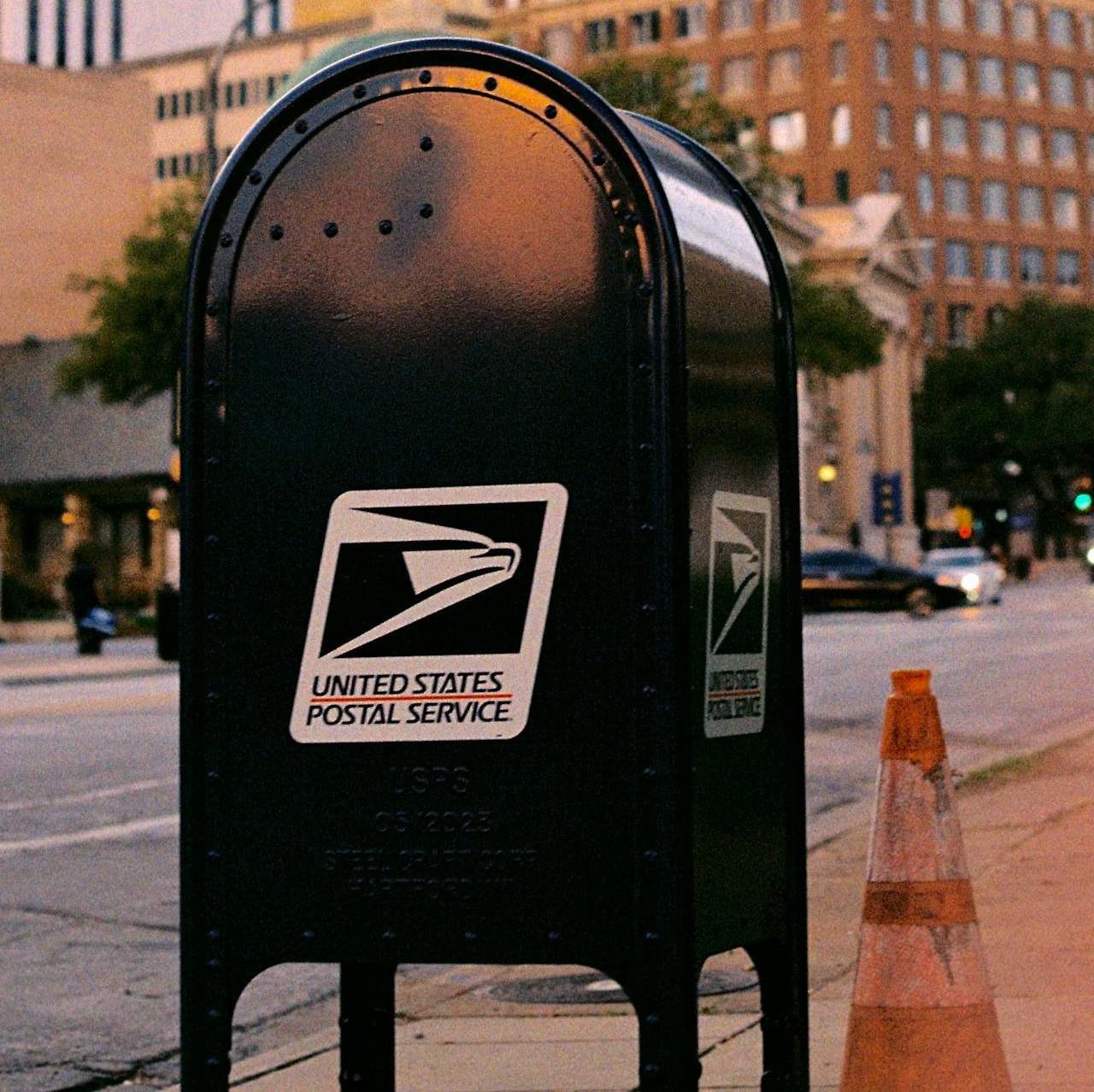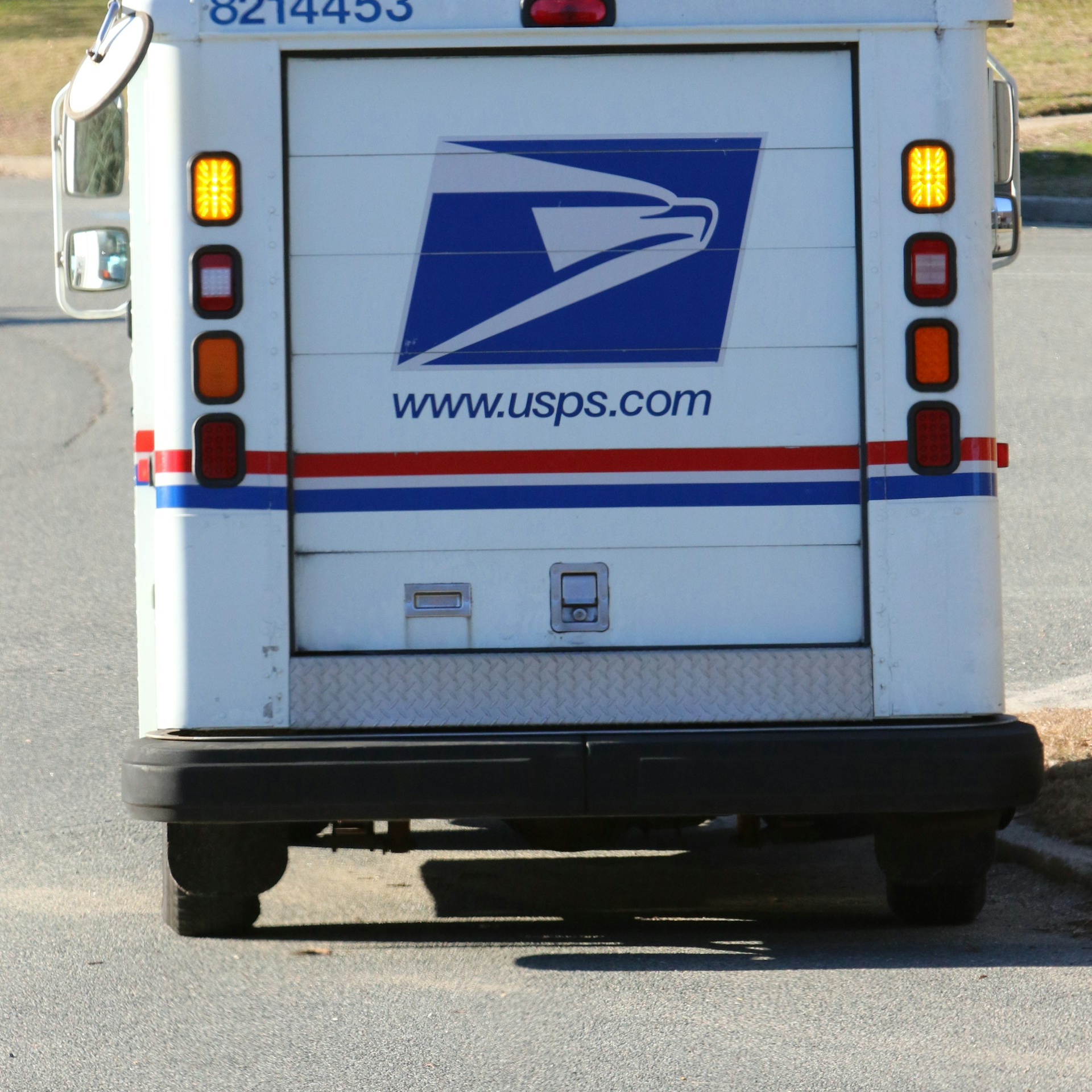Key Takeaways
-
The new $2,000 annual out-of-pocket cap under Medicare Part D in 2025 can help limit prescription drug spending, but its impact depends on how your PSHB plan integrates with Medicare.
-
Simply hitting the Part D cap doesn’t guarantee lower overall costs in PSHB; the design of your specific plan, cost-sharing structure, and Medicare coordination rules all play a role.
Understanding the $2,000 Part D Cap in 2025
In 2025, Medicare introduces a major change: a $2,000 out-of-pocket cap on covered prescription drugs under Part D. This change comes from provisions in recent federal legislation aiming to reduce the financial burden of drug costs for beneficiaries.
This cap applies across all Part D plans, including those offered through Employer Group Waiver Plans (EGWPs) tied to Postal Service Health Benefits (PSHB) coverage. But while the cap appears simple at first glance, the way it interacts with your PSHB benefits is anything but straightforward.
How the Part D Cap Works
The cap limits how much you must pay out-of-pocket for covered prescription medications under Medicare Part D. Once your spending reaches $2,000 in a calendar year:
-
You no longer pay coinsurance or copays for additional covered drugs.
-
Your plan covers the full cost of covered prescriptions for the rest of the year.
However, not all expenses count toward this cap. Here’s what generally does:
-
Your deductible
-
Your copays and coinsurance
-
Any spending covered by manufacturer discounts in the coverage gap
What does not count:
-
Drugs not covered under the Part D formulary
-
Costs paid by supplemental coverage outside of Part D
This distinction becomes critical when you’re enrolled in both Medicare and a PSHB plan.
Why PSHB Plan Members Need to Pay Closer Attention
If you’re a Medicare-eligible Postal Service retiree or family member, your PSHB plan is likely paired with a Part D EGWP. This means you automatically receive Part D prescription drug coverage through your PSHB enrollment.
But here’s where it gets complicated: the $2,000 cap applies only to expenses under the Part D framework. If your PSHB plan includes its own pharmacy benefit outside Part D or doesn’t fully align with the EGWP structure, you may not receive the full benefit of the cap.
Potential Misunderstandings
Some annuitants mistakenly assume that once they reach $2,000 in total drug costs, they are protected from further spending. However, if part of those costs come from prescriptions that are not covered under the Part D plan—or if the plan doesn’t count those costs toward the cap—you could still face additional out-of-pocket costs.
Coordination Between PSHB and Medicare Part D
Coordination of benefits is essential to understanding your true costs. In most PSHB plans for Medicare-eligible retirees:
-
Medicare Part D acts as the primary payer for covered prescriptions.
-
The PSHB plan may wrap around or supplement Part D, potentially covering drugs not included in the Part D formulary or reducing copays.
However, this coordination depends on your specific PSHB plan. Some wraparound plans include additional benefits, such as:
-
Coverage for drugs excluded by Medicare
-
Lower copays than Medicare Part D alone
-
Drug cost-sharing reimbursements
If you are enrolled in such a plan, your total out-of-pocket spending may differ significantly from someone enrolled only in a standalone Part D plan.
What the $2,000 Cap Does Not Guarantee
It’s important to note that reaching the $2,000 out-of-pocket cap does not necessarily mean you will stop paying for prescriptions altogether under PSHB. Here’s why:
-
Non-Part D medications: If your prescriptions fall outside Medicare’s Part D list, your PSHB plan may or may not cover them, and any cost-sharing may still apply.
-
Separate deductibles: Some PSHB plans have their own separate prescription drug deductibles or cost thresholds, which are not impacted by the Part D cap.
-
Different cost-sharing rules: Even with Medicare coordination, copays and coinsurance under PSHB can vary by drug tier, pharmacy type, or plan design.
How Insulin and High-Cost Drugs Fit In
The $2,000 cap also intersects with existing cost limits. For example:
-
Insulin is capped at $35 per month under Part D, and this continues in 2025.
-
High-cost specialty drugs may quickly push a beneficiary over the $2,000 cap, leading to coverage of remaining drug costs under Part D for the rest of the year.
However, for medications outside of Part D coverage or with cost-sharing assigned by PSHB directly, these caps may not apply. You should verify whether your plan honors these limits or imposes different structures.
Timeline and Annual Reset
The $2,000 cap resets every calendar year. So, if you reach it in September 2025, you’ll have reduced or no out-of-pocket costs for covered prescriptions through December 31, 2025. But starting January 1, 2026, the cap starts over.
This calendar-based reset means that strategic planning is important, especially for those with fluctuating or seasonal medication needs.
Enrollment Decisions That Can Affect the Cap’s Impact
Several factors can influence how the $2,000 Part D cap affects your costs under PSHB:
1. Medicare Part B Enrollment
PSHB requires most Medicare-eligible annuitants and eligible family members to enroll in Part B. Doing so enables full access to Medicare-coordinated benefits, including prescription drug integration.
Failing to enroll in Part B when required can make you ineligible for PSHB drug benefits or Part D wraparound coverage.
2. Plan Selection During Open Season
Your choice of PSHB plan during Open Season has a direct impact on how effectively your prescription drug benefits integrate with the $2,000 cap. Some plans fully coordinate and pass savings to you. Others may require higher cost-sharing or exclude certain medications.
Review the plan brochure and Summary of Benefits each fall and speak with a licensed agent listed on this website to make an informed choice.
3. Changing Drug Needs
If you anticipate needing high-cost drugs in the upcoming year, it’s worth modeling your projected costs under different PSHB plans. Plans with lower drug-tier copays or broader formularies may provide better value—even if the out-of-pocket cap technically limits your exposure.
Tips for Managing Prescription Costs Under the New Cap
-
Review the Part D formulary: Make sure your medications are covered and verify their tier placement.
-
Ask about coordination of benefits: Confirm how your PSHB plan coordinates with Part D and whether wraparound coverage applies.
-
Track spending carefully: Keep track of your drug spending throughout the year. Hitting the cap too early or too late could impact annual costs.
-
Use network or preferred pharmacies: Some plans offer lower copays when using preferred pharmacy networks, which can help you reach the cap efficiently.
-
Re-evaluate during Open Season: Your health needs and medication list may change. Always reassess during November and December to ensure your PSHB plan still meets your needs.
Where PSHB Drug Benefits May Still Cost More
Despite the cap, you might still pay more in the following situations:
-
Drugs not included in the Medicare Part D formulary but still prescribed.
-
Drugs administered in an outpatient setting that are covered under Part B rather than Part D.
-
Prescriptions filled at non-preferred or out-of-network pharmacies.
-
Drugs with limited or no manufacturer discounts that count toward the coverage phase but not the cap.
This underscores the importance of verifying exactly how your PSHB plan applies the Part D structure and what additional benefits or exclusions exist.
Planning Around the $2,000 Cap in the PSHB Context
The Part D cap is a helpful protection for many retirees, but in PSHB, it doesn’t eliminate the need to do your homework. Understanding your plan’s drug tiers, supplemental coverage, and cost-sharing rules is essential.
Also remember:
-
The cap is not based on retail drug prices; it’s based on what you pay.
-
Coordination between Part D and PSHB is not uniform across all plans.
-
Retirees must be vigilant about formulary changes and annual notices of change (ANOCs).
In short, the $2,000 limit helps, but it’s not a blanket solution.
Taking Charge of Your PSHB and Part D Integration
To make the most of your benefits:
-
Enroll in Medicare Part B if required.
-
Choose a PSHB plan that fully integrates with Part D EGWP.
-
Confirm which drugs are included in your plan’s formulary.
-
Review cost-sharing rules under both Medicare and PSHB.
-
Stay aware of deadlines like Open Season and the annual Part D reset.
You Still Need to Stay Informed and Proactive
While the $2,000 out-of-pocket cap under Part D is a welcome change for 2025, it doesn’t automatically lower your drug costs under PSHB. It’s still your responsibility to understand your specific plan, how it integrates with Medicare, and what limitations may apply.
If you want personalized help choosing a plan that works with your prescriptions and budget, speak with a licensed agent listed on this website.












